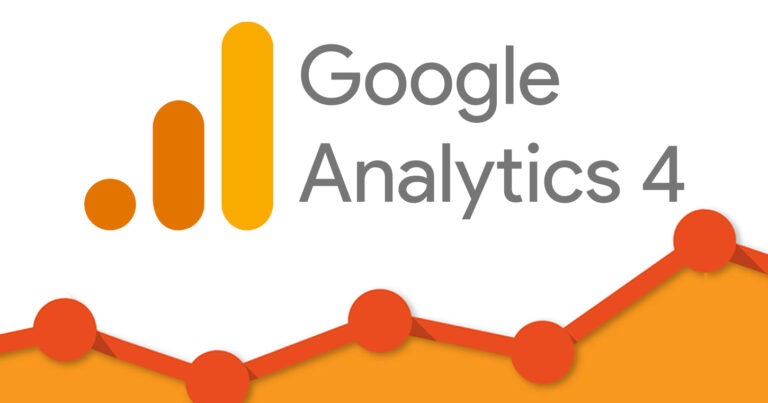
Introduction
In today’s digital age, understanding the behavior of your website visitors is crucial for its success. Google Analytics 4 (GA4) provides a powerful platform for tracking and analyzing user interactions, allowing website owners to make informed decisions and create effective strategies. In this article, we will explore the ins and outs of using Google Analytics 4 to analyze your website’s performance and craft a winning strategy.
Understanding Google Analytics 4
Google Analytics 4 is the latest version of the popular web analytics tool offered by Google. Unlike its predecessor, Universal Analytics, GA4 brings significant improvements and new features that provide a more comprehensive understanding of user behavior. With enhanced cross-platform tracking and AI-powered insights, GA4 offers valuable data for businesses of all sizes.
Setting Up Google Analytics 4
Getting started with GA4 is a straightforward process. To set up GA4 for your website, you’ll need to create a new GA4 property in your Google Analytics account. Once set up, you’ll receive a tracking code that needs to be integrated into your website’s header. This code enables GA4 to start collecting data from your website visitors.
Navigating the GA4 Dashboard
Upon successful setup, you’ll be greeted with the GA4 dashboard. The dashboard provides an overview of your website’s key performance metrics. At first glance, you’ll find data on the number of active users, events, and conversions. Navigating the dashboard is intuitive, allowing you to explore different sections and access in-depth reports.
Analyzing User Behavior
Understanding how users interact with your website is vital for optimizing their experience. GA4 tracks user behavior through various metrics, including session duration, bounce rate, and pages per session. By analyzing this data, you can identify popular pages, potential pain points, and opportunities for improvement.
Measuring Conversions and Goals
Conversions and goals represent specific actions you want users to take on your website, such as signing up for a newsletter or making a purchase. GA4 allows you to set up and track these conversions, giving you valuable insights into your website’s conversion rate and user journey.
Understanding Events and Event Tracking
Events in GA4 are user interactions with your website, such as button clicks, video plays, or file downloads. Event tracking helps you understand how users engage with specific elements, providing insights into what drives conversions and user satisfaction.
Analyzing Traffic Sources
Knowing where your website traffic comes from is essential for refining your marketing strategies. GA4 categorizes traffic sources into different channels, including organic search, social media, direct, and referral. Understanding which channels drive the most traffic and conversions enables you to allocate resources effectively.
Utilizing Audience Insights
GA4 provides valuable audience insights, allowing you to segment your website visitors based on various criteria. By creating custom audience segments, you can tailor your content and marketing efforts to specific groups, thereby increasing engagement and conversions.
Utilizing Enhanced Measurement
Enhanced measurement is a powerful feature that simplifies event tracking by automatically collecting essential data without the need for manual event configuration. By enabling this feature, you can effortlessly track pageviews, scrolls, outbound clicks, and site search interactions.
Creating Custom Reports
While the GA4 dashboard offers valuable data, sometimes you need more specific information tailored to your business needs. Creating custom reports in GA4 allows you to focus on specific metrics and dimensions, providing deeper insights into your website’s performance.
Analyzing E-commerce Performance
For businesses with an online store, tracking e-commerce performance is vital. GA4 offers comprehensive e-commerce tracking capabilities, allowing you to monitor product sales, revenue, and transaction details. By understanding customer behavior in the e-commerce section, you can optimize your online store for better conversions.
Interpreting Real-Time Data
Real-time reporting in GA4 enables you to monitor user activity on your website as it happens. This feature is especially useful during marketing campaigns or live events, as you can gauge immediate user responses and adjust your strategies accordingly.
Creating an Actionable Strategy
With a wealth of data at your disposal, it’s time to turn insights into action. Use GA4 data to inform your decision-making process and create an actionable strategy for website improvement. Focus on addressing user pain points, optimizing high-performing pages, and aligning your content with user interests.
Conclusion
In conclusion, Google Analytics 4 is a powerful tool that empowers website owners to analyze user behavior and develop effective strategies. By setting up GA4, navigating the dashboard, and interpreting key metrics, you can gain valuable insights into your website’s performance. Leveraging this data allows you to create a user-centric approach and drive meaningful results.